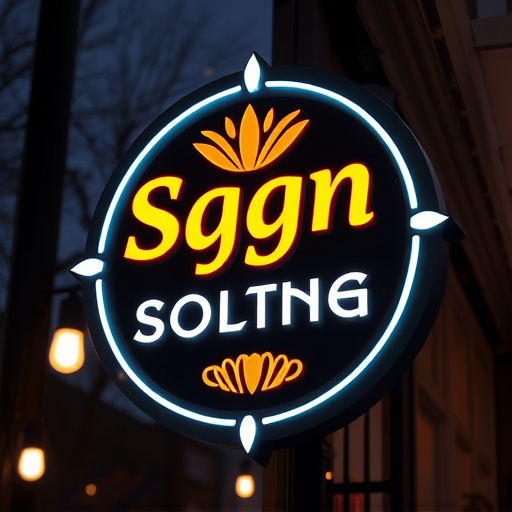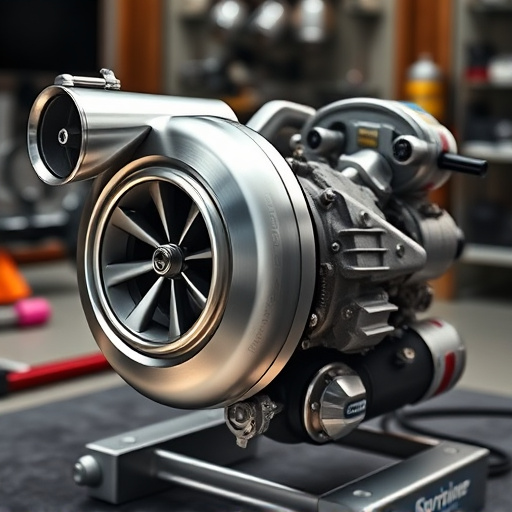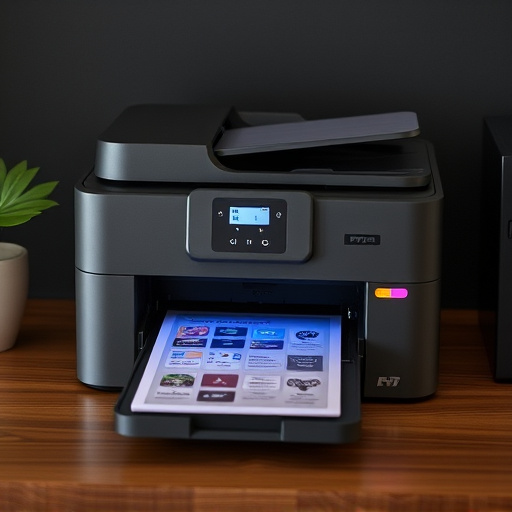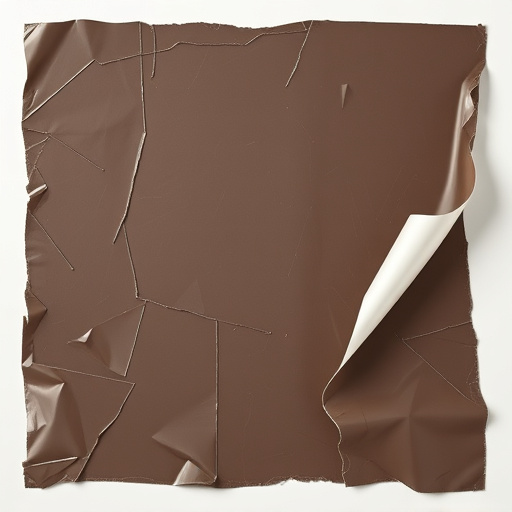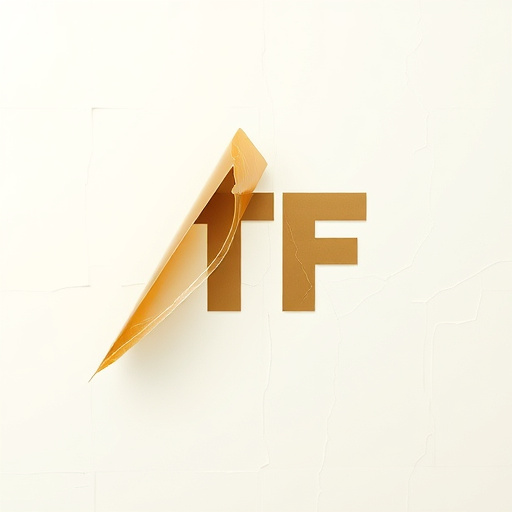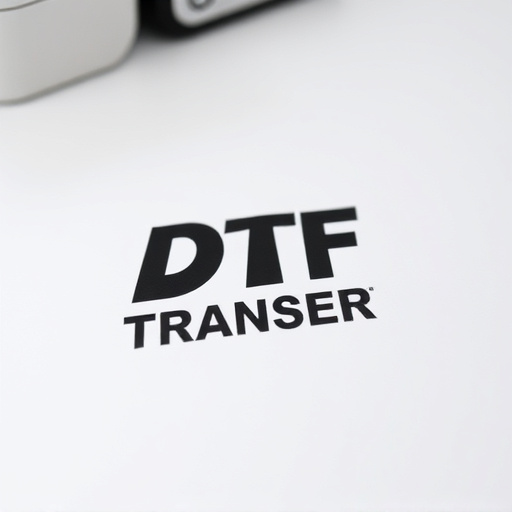TL;DR:
DTF Transfer Sheets are key to unlocking the potential of direct-to-fabric (DTF) printing, allowing users to create intricate, multi-layered designs for textiles and other materials. This method offers unparalleled flexibility for small batch production and one-off projects, saving time while maintaining consistency. DTF prints boast vibrant colors, crisp lines, and the ability to replicate intricate details, making it a favorite among professionals. By combining multiple designs on a single transfer sheet, users can craft unique, personalized pieces for fashion, home decor, or business promotions, revolutionizing customization across various sectors.
Personalize your designs with ease using DTF (Direct to Fabric) transfer sheets—a versatile tool revolutionizing the printing game. This article explores how you can create unique layouts by combining multiple designs on a single sheet, pushing the boundaries of creativity. From understanding DTF transfer sheets and design customization to mastering the printing process, we’ll guide you through the steps. Discover real-world applications across various industries benefiting from this innovative DTF technology, unlocking endless creative possibilities for your projects.
- Understanding DTF Transfer Sheets: A Comprehensive Overview
- Design Customization: Creating Unique Layouts on a Single Sheet
- The Process of DTF Printing: Step-by-Step Guide to Achieving Precision
- Unlocking Creative Possibilities: Combining Multiple Designs Effectively
- Tips and Tricks for Optimal Results: Ensuring High-Quality DTF Prints
- Real-World Applications: Industries Benefiting from Personalized DTF Transfer
Understanding DTF Transfer Sheets: A Comprehensive Overview
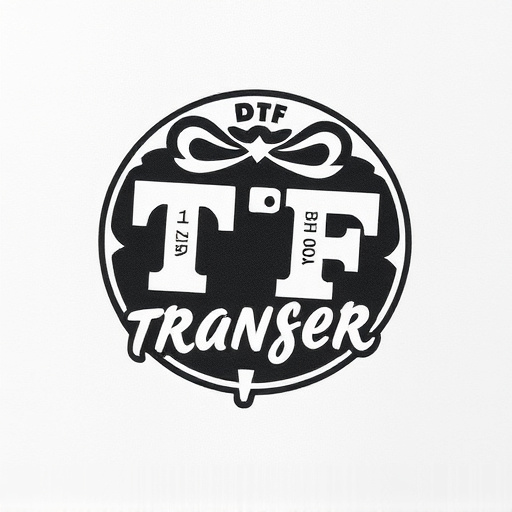
Understanding DTF Transfer Sheets is a key step in unlocking the versatility and efficiency of direct-to-fabric (DTF) printing. These specialized sheets are designed to revolutionize textile customization, allowing for the seamless integration of multiple designs onto a single transfer sheet. Each DTF Transfer Sheet contains a layer of heat-sensitive adhesive that bonds with various fabrics upon heating, enabling precise and long-lasting prints.
With DTF Printing, users can create intricate patterns by layering different design elements. This method is particularly beneficial for small batch production or one-off projects, as it offers unmatched flexibility. By arranging diverse designs on a single sheet, print makers and artisans can efficiently transfer them onto fabrics, ensuring consistency and saving valuable time. DTF Prints stand out for their vibrant colors, crisp lines, and ability to replicate intricate details, making them a favorite among professionals in the textile industry.
Design Customization: Creating Unique Layouts on a Single Sheet
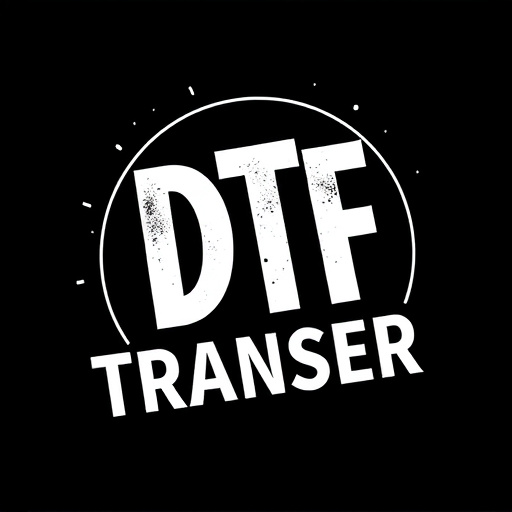
Design Customization allows users to create unique and personalized layouts by arranging multiple designs on a single DTF transfer sheet. With this method, artisans can combine various motifs, patterns, or illustrations to craft intricate and distinctive creations. By utilizing DTF Printing techniques, users can achieve precise alignment and seamless integration of each design element.
This innovative approach enables the production of one-of-a-kind DTF prints and enhances creativity in textile, clothing, or home decor projects. Whether for personal expression or commercial applications, the ability to customize designs on a single sheet streamlines the creative process, allowing users to efficiently bring their vision to life while saving time and resources.
The Process of DTF Printing: Step-by-Step Guide to Achieving Precision
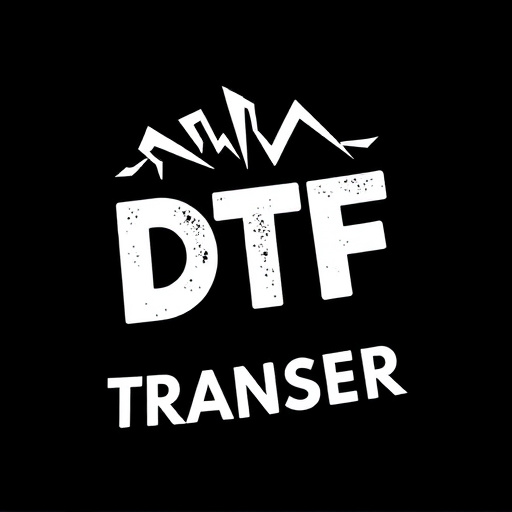
The process of DTF (Direct to Fabric) printing involves a meticulous step-by-step approach to achieve precise and high-quality designs on various materials. It begins with preparing the digital design, ensuring it’s optimized for printing with accurate colors and resolution. This design is then separated into individual components, each representing a distinct element from the overall pattern or image. These components are carefully laid out onto a single transfer sheet, allowing for a personalized arrangement of multiple designs.
The next crucial step is the actual DTF printing process. The transfer sheet, coated with a special ink-receptive layer, is fed into a specialized printer. Precise inkjet nozzles deposit the inks in accordance with the digital design data, creating intricate patterns and vivid colors on the sheet. After printing, the sheet undergoes a curing process to set the inks, ensuring their permanence. Once cured, the individual DTF transfers can be carefully cut from the sheet, ready for application onto fabrics or other materials. This method allows for endless creative possibilities, enabling users to produce unique, personalized DTF prints with remarkable accuracy and detail.
Unlocking Creative Possibilities: Combining Multiple Designs Effectively
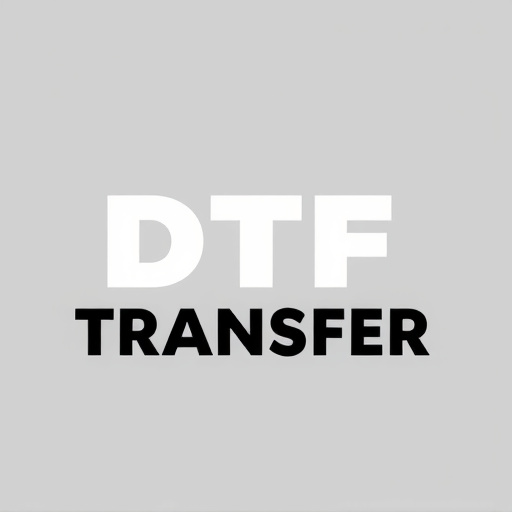
Unlocking Creative Possibilities: Combining Multiple Designs Effectively
The personalized arrangement of multiple designs on a single DTF transfer sheet opens up a world of creative possibilities for enthusiasts and professionals alike. By seamlessly integrating diverse patterns, text, and illustrations, users can craft unique, eye-catching creations that stand out from the ordinary. This innovative approach to DTF (Direct to Fabric) printing allows for intricate, multi-layered designs, pushing the boundaries of what’s achievable with traditional methods.
With DTF transfer sheets, combining multiple designs becomes a breeze. Users can effortlessly incorporate various aesthetic elements, creating complex compositions that tell a story or convey a specific theme. Whether it’s a fashion designer adding intricate embroidery patterns to clothing, an artist transferring detailed illustrations onto fabric, or a small business personalizing promotional items, the potential for creative expression is limitless. DTF Printing offers unparalleled versatility, enabling users to explore new design horizons and deliver exceptional, tailored results.
Tips and Tricks for Optimal Results: Ensuring High-Quality DTF Prints

Achieving optimal results with DTF (Direct to Fabric) transfers requires attention to detail and a few clever tricks. First, prepare your design files carefully; ensure they are high-resolution and optimized for printing. Use vector graphics whenever possible, as they offer crisp lines and smooth curves, resulting in more accurate prints. Before sending your designs to the printer, check for any potential issues like overlapping elements or missing details.
When setting up your DTF transfer sheet, consider using a non-stick surface to prevent the fabric from adhering too strongly, making the transfer process easier. Keep your printing temperature and pressure consistent; experimentation will help you find the ideal settings for different fabrics. Allow adequate drying time between prints to avoid smudging or bleeding of ink. Regularly clean your print head and ensure the DTF transfer sheet is positioned correctly to achieve even ink distribution, leading to high-quality, vibrant DTF prints.
Real-World Applications: Industries Benefiting from Personalized DTF Transfer
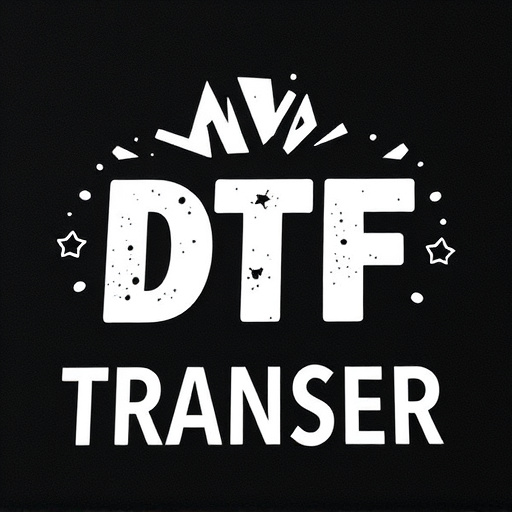
The personalized arrangement of multiple designs on a single transfer sheet, facilitated by DTF (Direct to Fabric) technology, finds extensive applications across various industries. This innovative approach allows for the efficient production of unique, customized prints, catering to the growing demand for individualized products in today’s market. From fashion and textiles to home decor and even promotional merchandise, DTF Transfer has proven its versatility.
In the fashion industry, designers can create limited-edition collections with intricate patterns and personalized details, offering customers one-of-a-kind garments. Home decor items, such as throw pillows and curtains, can be customized with individual motifs, allowing homeowners to express their personal style. DTF Printing also plays a significant role in the production of promotional items like t-shirts, mugs, and bags, where businesses can offer personalized gifts or merchandise to clients, enhancing brand visibility and customer satisfaction.

